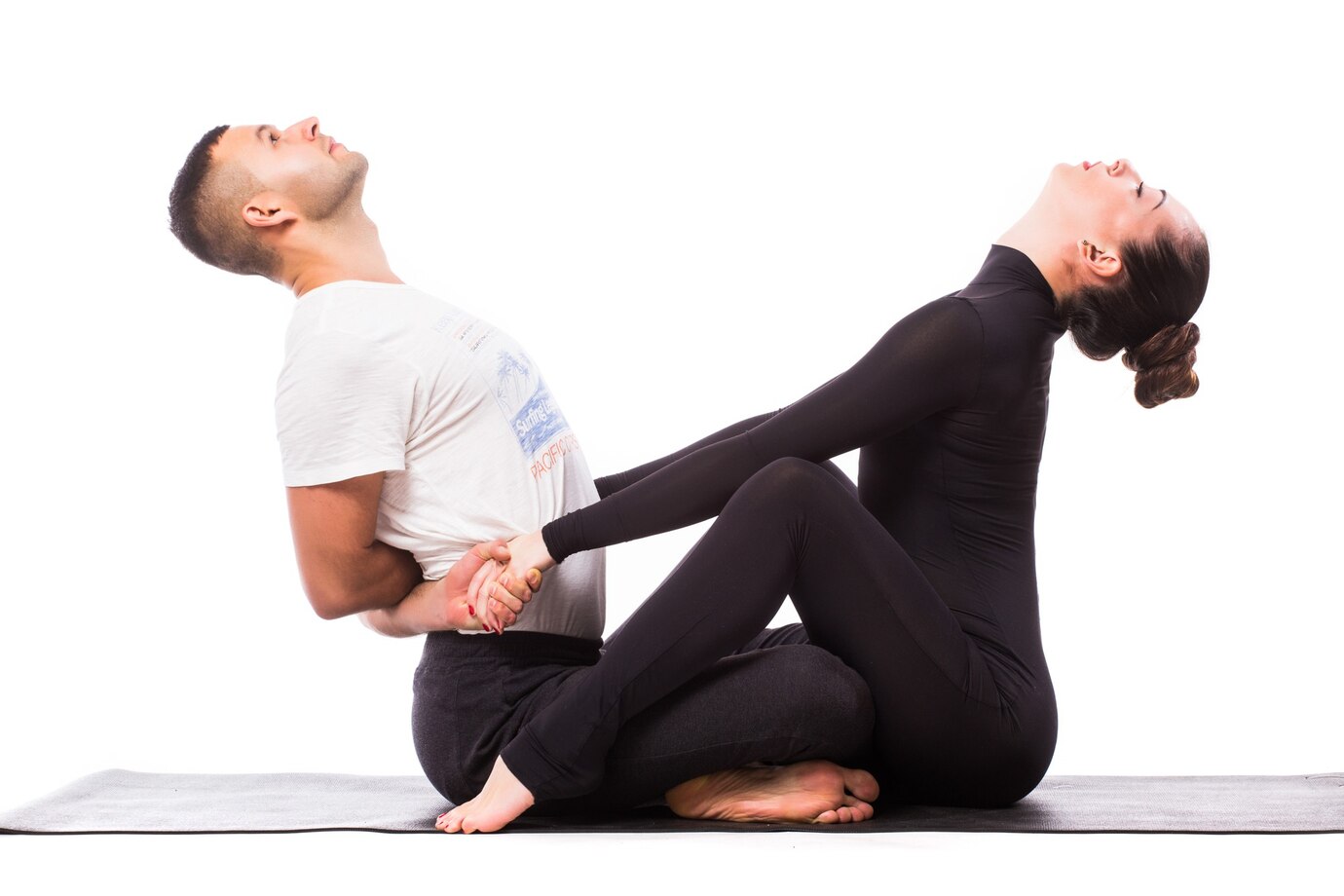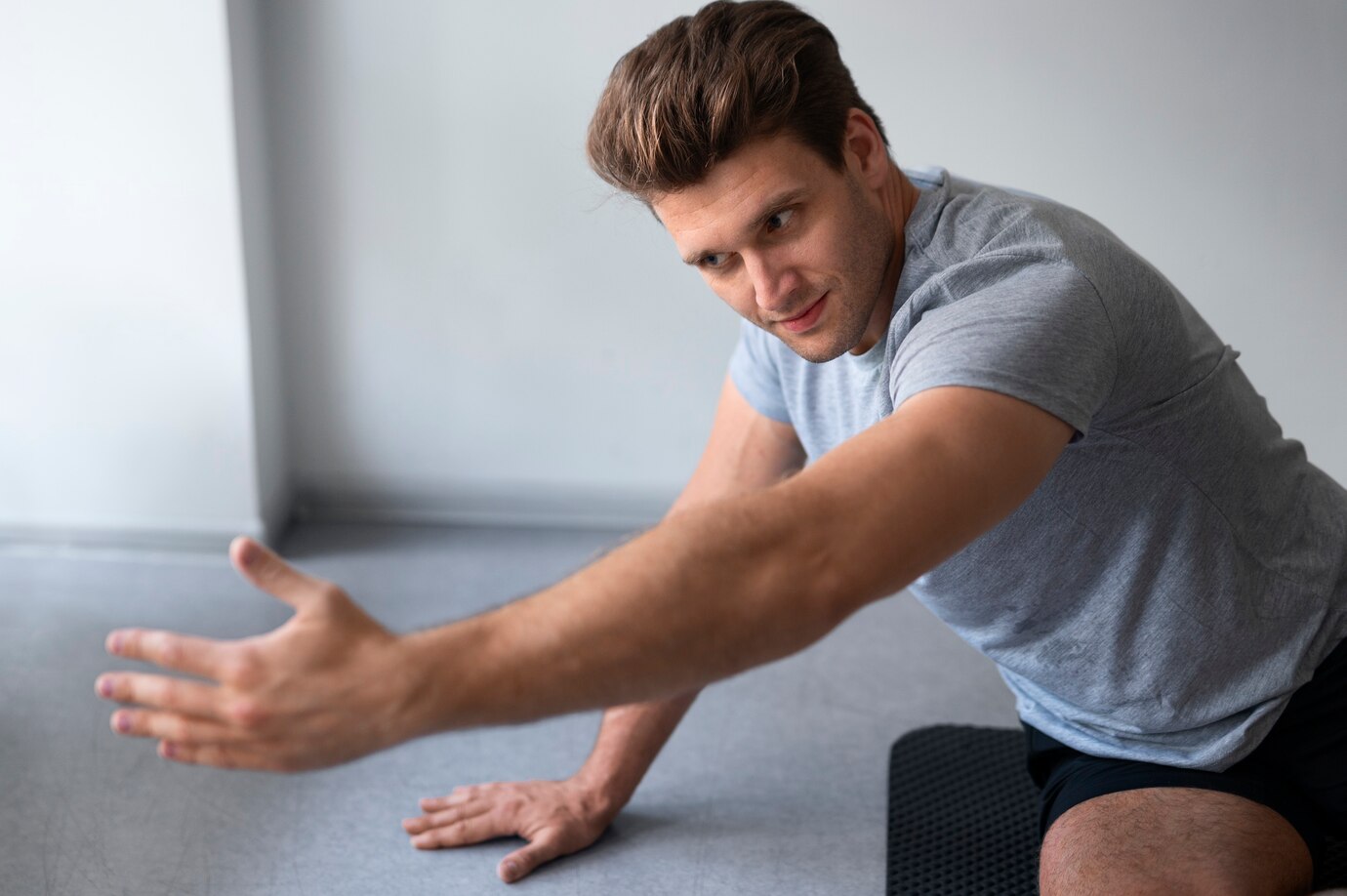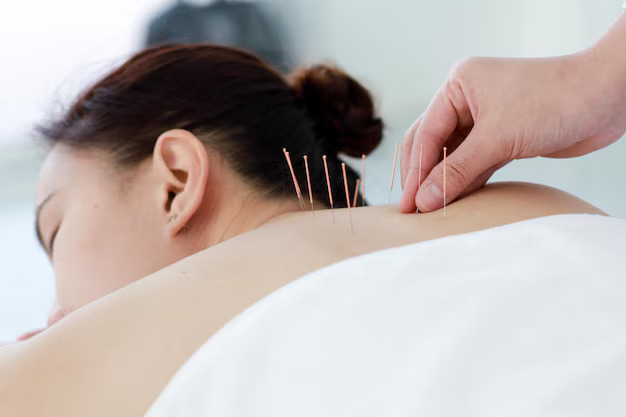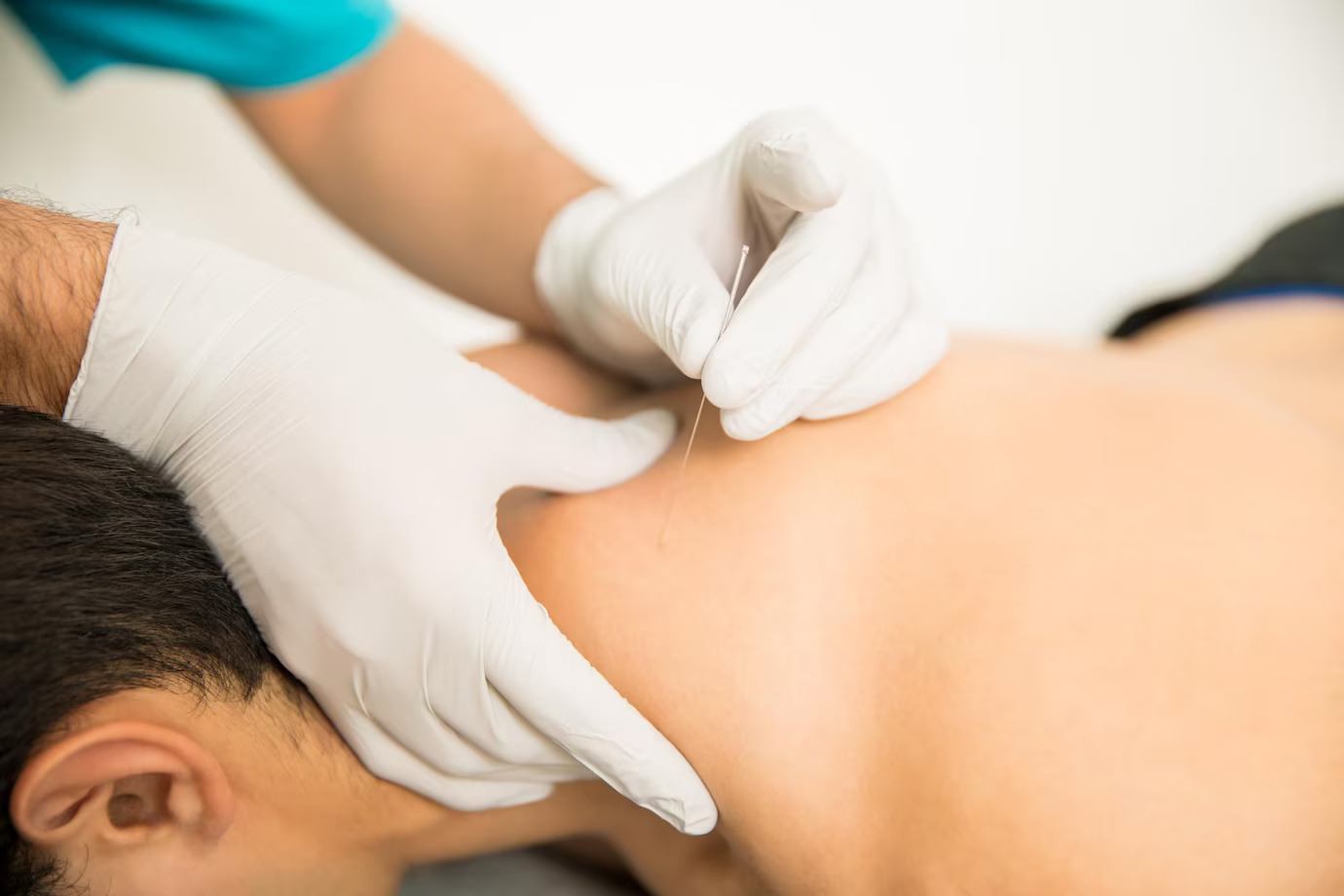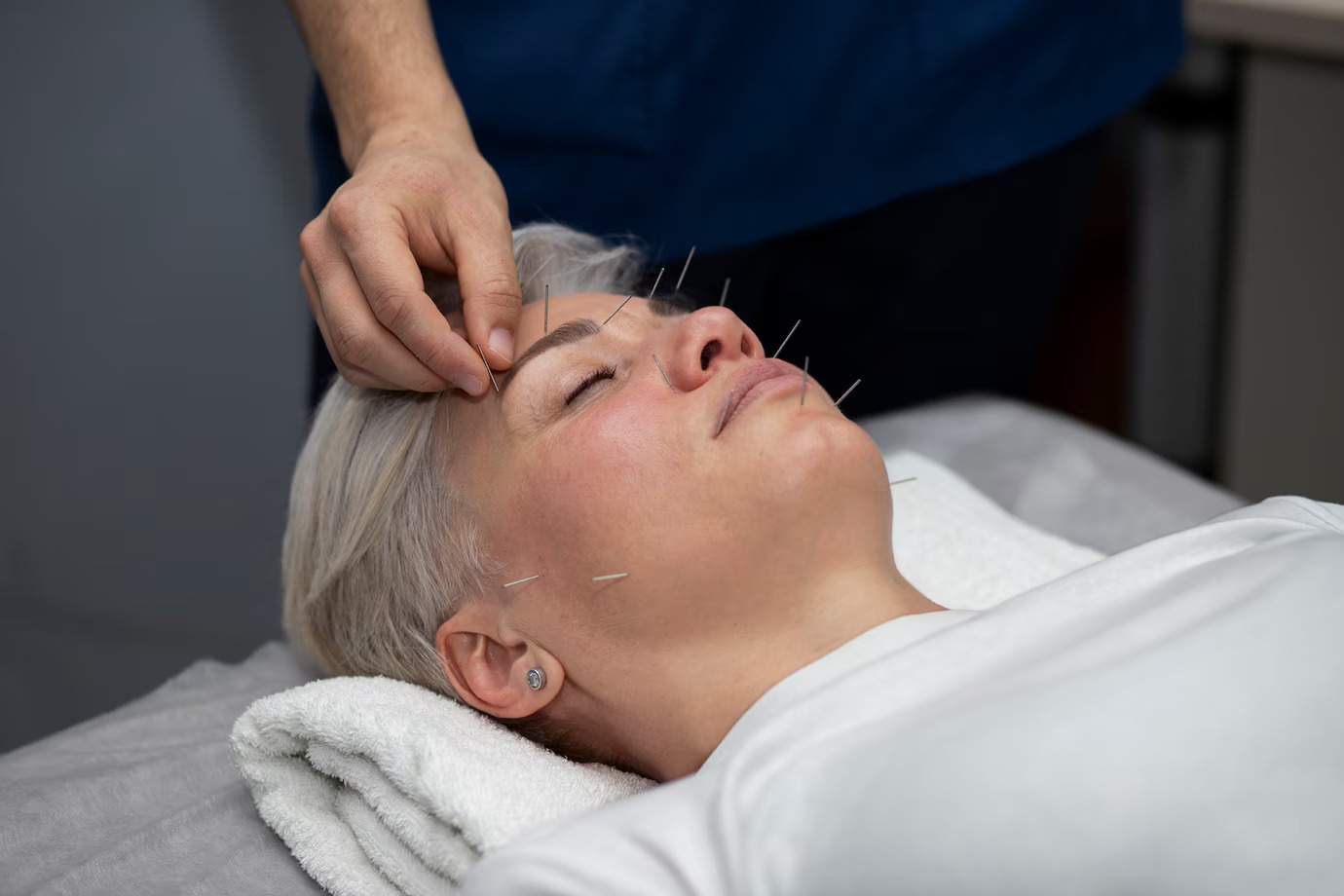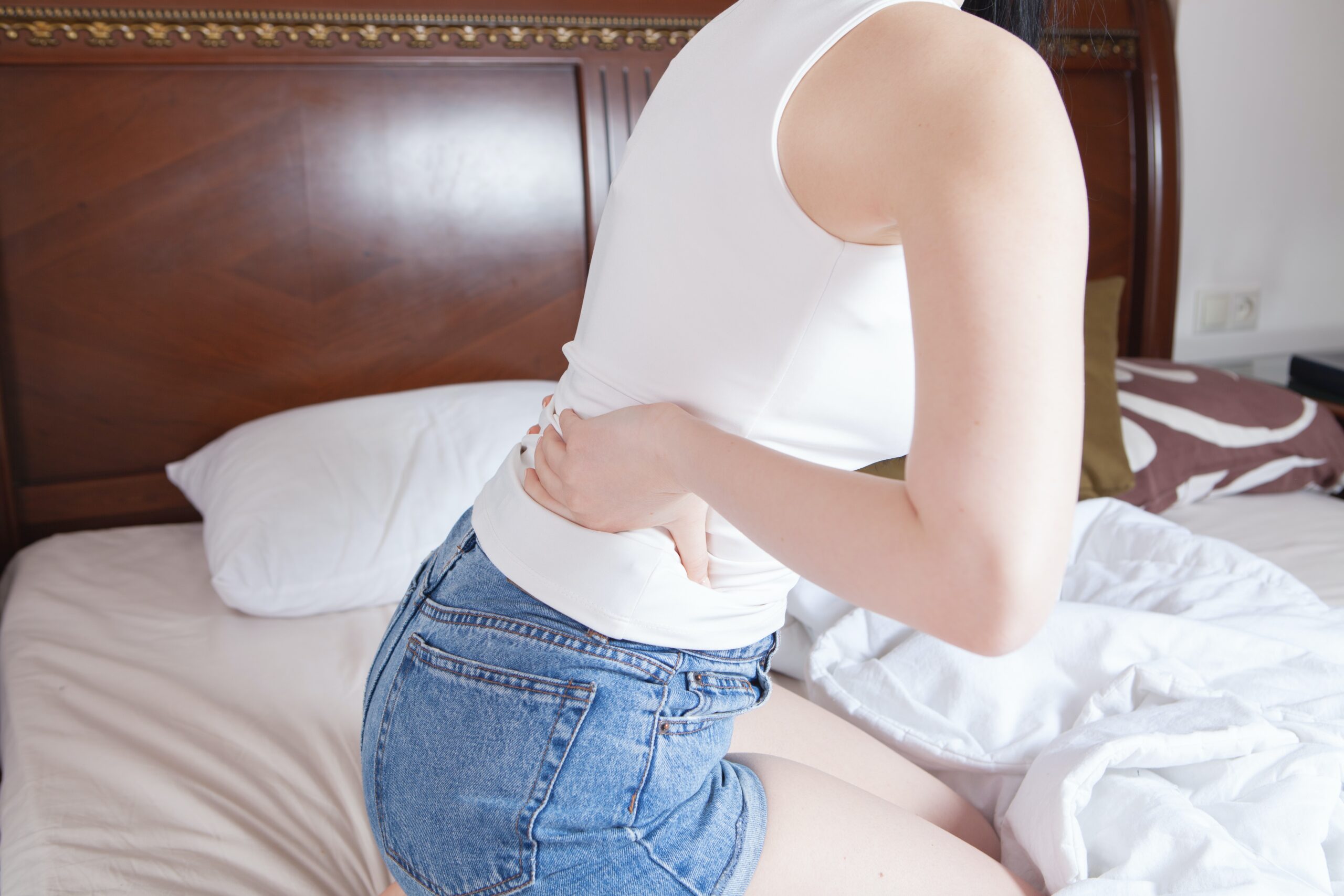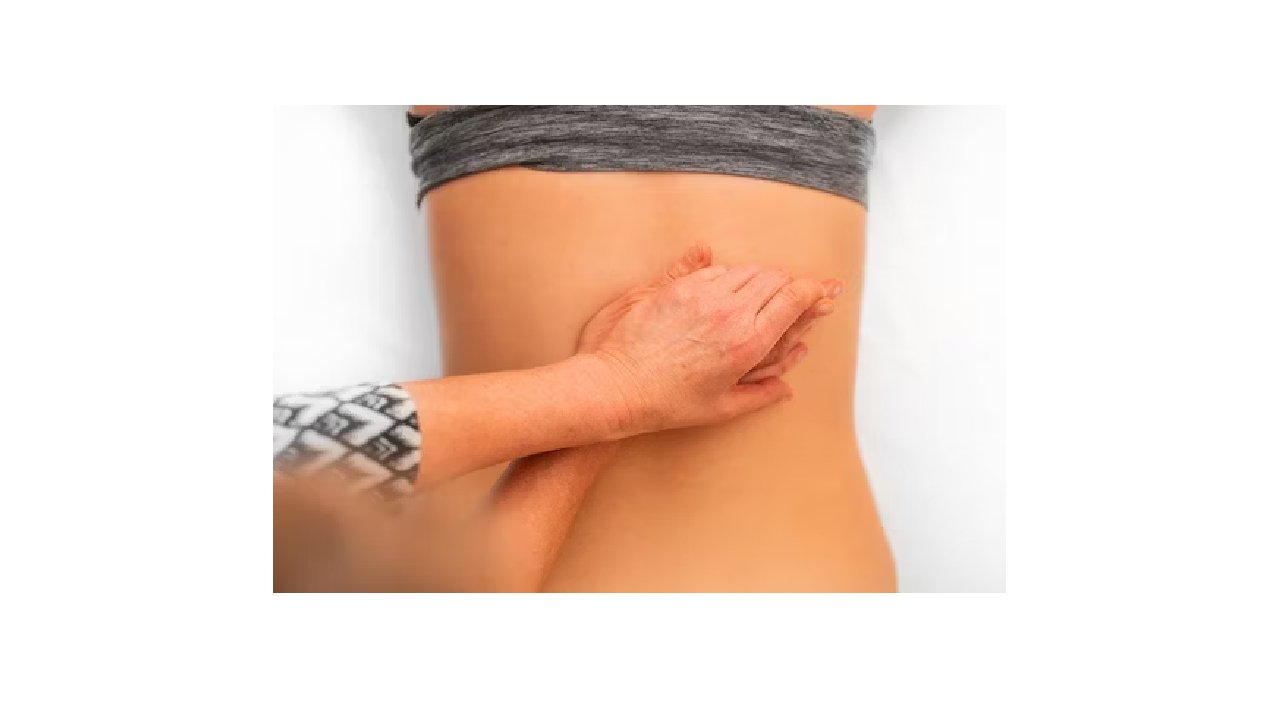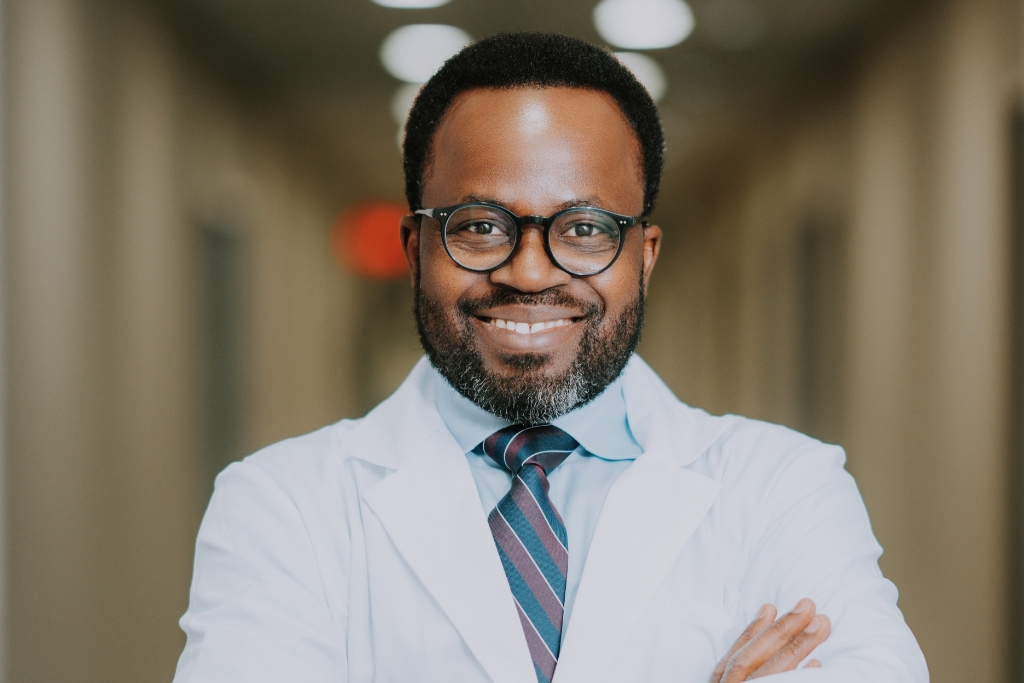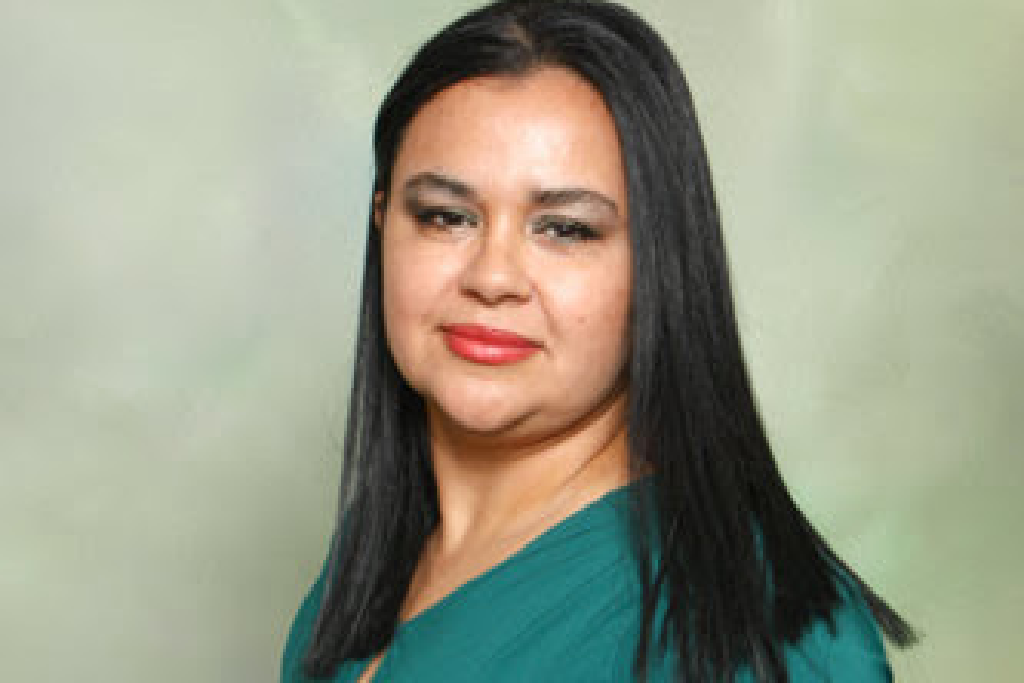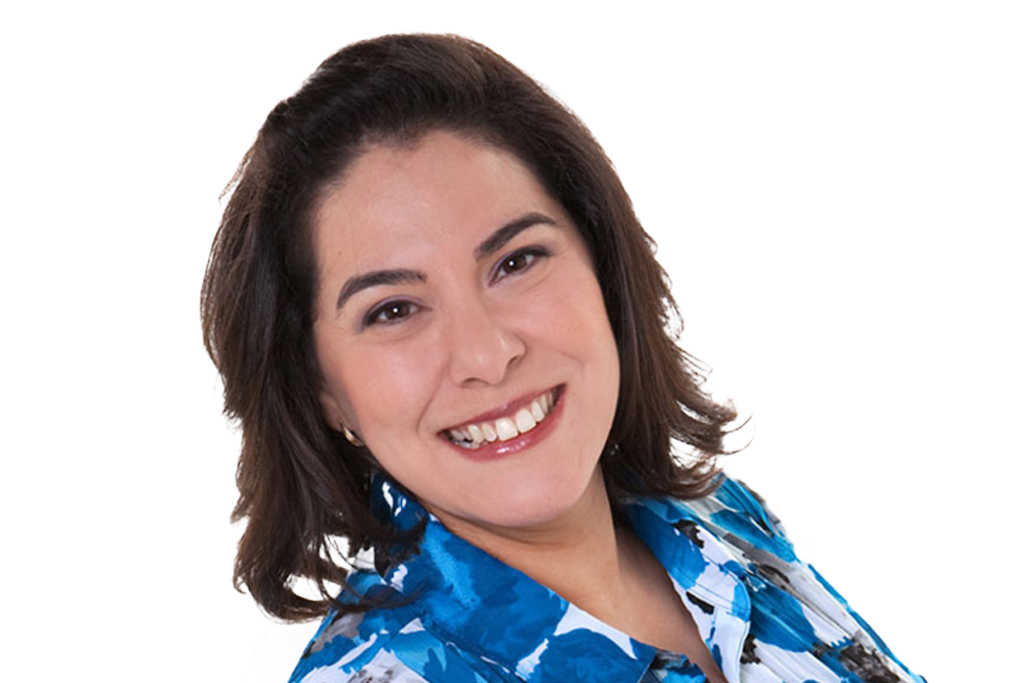Yoga vs. Physiotherapy: Which is Better for Lower Back Pain?
Most people will suffer from lower back pain at some point in their lives. It can make even the simplest things like sitting, standing, or walking very uncomfortable. As we age, the discs in our spine begin to lose some of their cushioning. This can result in issues such as herniated discs, which can bring about pain, tingling, and even muscle weakness if not addressed appropriately.
There are so many ways to treat back pain. Some just take pain medications such as ibuprofen or take a day or two of bed rest. Some take more powerful medications, including muscle relaxants, or ask their physician for advice. However, many are searching for safer ways to manage long-term pain.
For more chronic cases, people try physiotherapy, acupuncture, or yoga in an effort to reduce their pain. According to the National Institutes of Health (NIH), around 80% of adults will experience lower back pain at some point. For most people, the pain doesn’t last long, yet for others, it becomes chronic and lasts more than 12 weeks despite any treatment of its cause.
There are various methods of dealing with lower back pain, which range from strengthening muscles through exercise, physical therapy, and medication for pain. Therefore, many resort to other forms of therapy, like yoga. The NIH even states there’s enough evidence to support that yoga can help reduce chronic back pain in the short and long term. But is yoga better than physiotherapy? Let’s have a look.
Yoga for Lower Back Pain
Yoga is an exercise that combines breathing techniques, meditation, and physical postures. It dates back more than 2,000 years and is commonly used to improve flexibility, strength, and overall health. In the West, yoga has become well known as a way to ease stress, improve posture, and, yes, alleviate chronic pain, including back pain.
A recently published study in the Annals of Internal Medicine tracked 320 adults with long-standing lower back pain. Half did yoga, half did physical therapy, and the remaining half simply read educational materials on back pain. After 12 weeks, researchers found that yoga and physical therapy were equally effective at decreasing pain and improving functionality. Additionally, yoga participants were able to cut down on their intake of painkillers.
Yoga not only helps with physical pain but also promotes relaxation and mental well-being. Yoga is concerned with stretching and building up muscles as well as relaxing the mind. It makes most people feel better, both physically and emotionally.
Also Read:- What Is Chest Physiotherapy? Technique and Process.
Is Yoga Better Than Physiotherapy?
Although yoga has numerous advantages when it comes to back pain, but it is not a substitute for physical therapy, particularly for individuals with more serious or particular injuries. Physiotherapy tends to be more focused and targets particular muscles and areas. It’s particularly beneficial for older individuals or individuals who have more severe back issues.
But yoga can be a great addition to physiotherapy. It improves flexibility, builds muscle, and decreases stress, all of which are beneficial for controlling back pain. Physical therapy combined with yoga can be especially useful for individuals who have complicated or chronic problems.
Also Read:- 15 Top Physiotherapy Exercises for Lower Back Pain
Physiotherapy Exercises for Lower Back Pain
Physical therapists often recommend specific exercises to help relieve back pain. These exercises focus on strengthening the muscles that support the spine and improving flexibility. The following are some exercises you may perform as part of your physiotherapy treatment:
1. Cat-Cow Pose
Start on hands and knees with your back straight. Gradually arch your back up, then round it down. This stretch loosens tension in your lower back and neck. Repeat around 10 times.
2. Cobra Stretch
Lie on your stomach with your arms under your chest. Push up onto your forearms, coming onto your palms. Hold for a few seconds, and then slowly drop back down to the starting position.
3. Prone Leg Lifts
While on your stomach, keep your legs straight and close together. Lift one leg as high as you can, then bring it back down. Do the same with the other leg. This strengthens your lower back muscles.
4. Bridges
Lie on your back with bent knees. Raise your hips off the floor, creating a straight line from shoulders to knees. Hold for a few seconds, and then return your hips to the floor. This strengthens your lower back and glutes.
5. Side Twists
Lie with your back on the floor and your arms extended to each side of your body. Bend your knees to one side and turn your body in the opposite direction. This stretch loosens up tension in your lower and side back muscles.
6. Bird-Dog Stretch
Start on your hands and knees. Stretch your left leg back while extending your right arm forward. Hold the position for a few seconds, then switch sides. This strengthens your back muscles and improves balance.
7. Toe-Touches
Stand with your feet shoulder-width apart and your arms raised overhead. Slowly arch backward to stretch the lower back, then bend forward and attempt to touch your toes. Do this stretch 10 times. It enhances the flexibility of the back.
8. Child’s Pose
Kneel on the ground and sit on your heels. Extend your arms out in front on the ground and place your forehead on the ground. This helps to stretch your back and ease tension.
9. Hip Stretches
Kneel down on one knee and put the other foot in front, bent at a 90-degree angle. Slowly push your back foot up to stretch your hip and lower back. Switch sides after a few seconds.
Conclusion
Both yoga and physiotherapy are useful methods of controlling and alleviating lower back pain. Yoga can enhance flexibility, decrease pain, and promote relaxation and is therefore a good solution for most individuals. It works especially well when combined with other treatments like physical therapy. For more severe conditions, however, physiotherapy may be the better solution, particularly because it addresses specific muscles and injuries.
If you have chronic lower back pain, you may find that combining yoga and physiotherapy exercises works for you. Consistency is the most important thing. By following your treatment plan and doing the exercises that are prescribed for you on a regular basis, you can experience long-term relief from back pain. Always consult with your doctor or therapist before beginning new exercises, so they can help direct you.
Frequently Asked Questions (FAQs)
Q. Can yoga relieve chronic lower back pain?
Yes, yoga can decrease pain, increase flexibility, and build muscle strength, giving relief from chronic lower back pain.
Q. Is yoga better than physical therapy for back pain?
Yoga is a useful addition to physical therapy but not a substitute, particularly for more serious or specific back problems.
Q. How long does it take for yoga to reduce lower back pain?
Some individuals feel improvement within a few weeks, but regular practice for several months can provide more lasting relief.
Q. Can physical therapy exercises reduce lower back pain?
Yes, specific physical therapy exercises improve flexibility and strengthen muscles, which can reduce lower back pain.
Q. Are there risks to practicing yoga for lower back pain?
Unless performed properly, yoga can aggravate pain. It is worth practicing under the supervision of an experienced teacher, and after consulting with your physician first.

